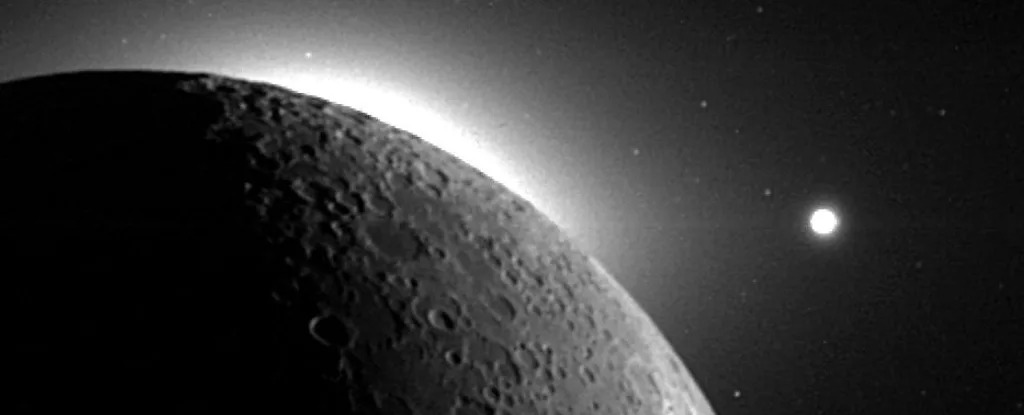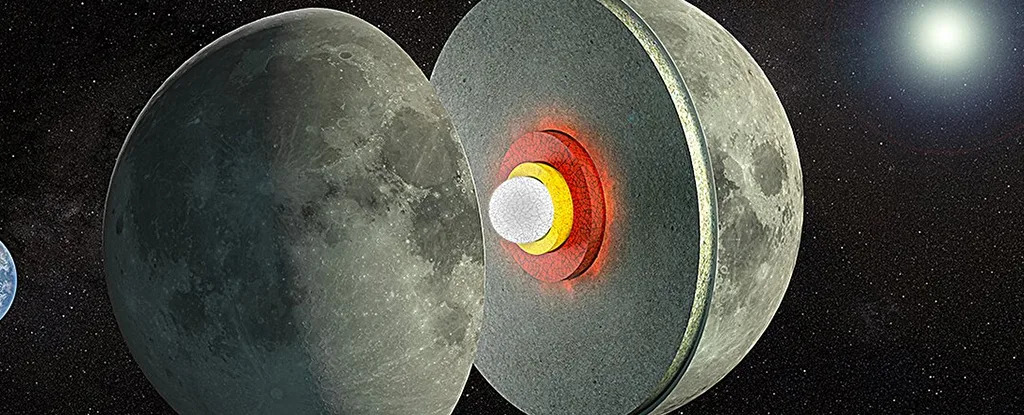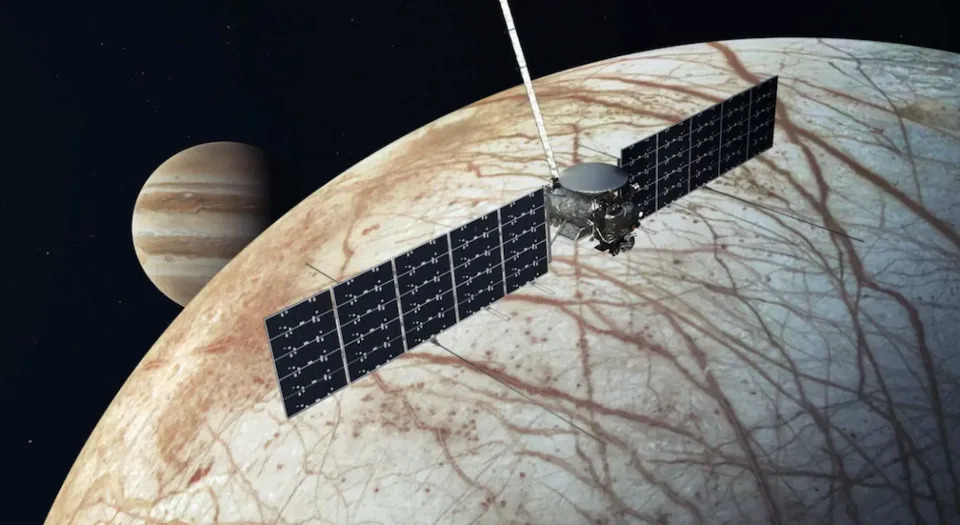Mia Jankowicz
Updated Fri, October 4, 2024 at 8:33 AM MDT·6 min read
CERN is revoking access for 500 Russian scientists over the Ukraine war, cutting them off from key facilities.
Russian media has tried to cast the move as an own goal by the West.
But experts say the move is a major setback for Russian science, and is fueling brain drain.
CERN is about to revoke access for about 500 scientists affiliated with Russian institutions, cutting Russia's researchers off from its state-of-the-art facilities.
The European Organization for Nuclear Research, known as CERN — home to the world's only Large Hadron Collider — announced the number of affected scientists on Monday, Reuters reported, finalizing a pledge first made after the outbreak of Russia's full-scale invasion of Ukraine.
The move is a major break for the institution in Geneva.
Russia isn't a CERN member state but has held observer status since the height of the Cold War — a partnership that reflected CERN's postwar founding mission of "science for peace."
But Russia's cooperation is set to expire — and not be renewed, as was customary — on November 30.
It also broke off from the Russian ally Belarus earlier this summer.
CERN, which celebrated its 70th anniversary on Tuesday, has emphasized that the move blocks cooperation with Russian institutions, and not individuals.
Not everyone agrees with the decision.
Ukrainian scientists have criticized CERN's decision not to fully cut ties with one institution, the Joint Institute for Nuclear Research in Moscow, which is considered by CERN to be an international institution, Nature reported.
A group of particle physicists known as Science4Peace, which campaigns against restrictions on scientific collaboration, has also objected.

The Linac 4 linear accelerator at CERN.Denis Balibouse/Reuters
Saving face
Russia has accused CERN of playing politics in the realm of scientific cooperation.
Some of its state-controlled media has also cast the move as a net gain for Russian research and an own goal for the West, with the pro-Kremlin outlet Sputnik quoting a Russian nuclear-energy expert as saying Europe was relegating itself to a "scientific slum."
The state news agency TASS also cheerily reported that its scientific horizon "remains open" and that Russian scientists were already returning to work on "domestic mega science projects."
"This is quite obviously a positive development for us in some respects," Mikhail Kovalchuk, the head of the Kurchatov Institute research center, told the local outlet Izvestia, according to TASS.
But scientific experts Business Insider talked to had a different take.
"They are laughable comments," said Roman Sidortsov, a Russian-born researcher focusing on energy policy in the US and Russia at the UK's University of Sussex. "It's unsubstantiated bravado," he added.
Far from being a positive for President Vladimir Putin, CERN's move puts Russian theoretical physics research at a huge disadvantage — and, as Sidortsov said, exposes the country to brain drain.

A technician in the tunnel of the Large Hadron Collider at CERN.Pierre Albouy/Reuters
Triggering a Russian brain drain
Scientific experts, including several with working ties to CERN, spoke about the consequences to Russia and the wider scientific community.
"If I or any of my colleagues had to lose access to it, it would be quite devastating," said Kate Shaw, an experimental particle physicist at the UK's University of Sussex.
Roger Cashmore, who served as CERN's director of research and deputy director general until 2004, said it would be a "blow" to Russia.
He said Russia was losing out on access to "the leading particle physics research center in the world today," continuing, "So that's quite a large loss."
A Russian physicist who spoke on condition of anonymity to the independent Russian outlet The Insider meanwhile said they'd "describe it as the destruction of the entire field" of Russian experimental high-energy physics.
Robin Grimes, a professor at London's Imperial College who was formerly the chief scientific advisor to the UK's Foreign and Commonwealth Office, was also scathing about the idea that the returning scientists would be a boon to the Kremlin.
"I don't believe for a second Putin cares an iota about 500 scientists coming back to Russia," he said, adding: "He might care about 500 more people that he can conscript into the army."
In addition, much of the expertise being brought back to Russia has nowhere to go.
Grimes said CERN's facilities were so "mind-bogglingly expensive" that almost no single country could make them itself.

A front-on view of the Large Hadron Collider at CERN.
Not only that, but the research is highly dependent on pooled international expertise.
"If your institutions are isolated from the main body of people carrying out work in this area, you are not going to be able to progress your thinking and your understanding in the same way as you did," he said.
Sidortsov said that instead, Russia was more likely to experience a steady brain drain that had been going on since the start of the full-scale invasion of Ukraine.
Hard science was one of Russia's "remaining strengths" from the Soviet era, he said.
"But even that was eroding and eroding quickly. It's not a dream job for a future graduate to be a theoretical physicist in Russia," he added.
And with Russian scientists facing the possibility of losing access to state-of-the-art equipment and a community of excellence, Sidortsov said that many of them were likely to seek work outside their home country.
Indeed, Nature reported that about 90 Russian researchers who'd worked with CERN had found new jobs at international institutions since 2022.
And in January, Novaya Gazeta Europe estimated that Russia had lost about 2,500 scientists since 2022.
A net loss for CERN, too
It's not just Russia losing out, however.
"It's a lose-lose-lose situation," Sidortsov said.
A CERN spokesperson, Arnaud Marsollier, told BI that Russia's 4.5% budget contribution to CERN's experiments, about $2.7 million, was now covered by "other institutes."
Marsollier added that CERN had also taken on the cost of covering Russia's contribution to the site's next major upgrade, the High-Luminosity Large Hadron Collider, which is set to come online in 2029.
That amounts to about $47 million, Nature reported.

CERN's Globe of Science visitor center.
The scientists BI spoke with mourned losing colleagues, even as some said sanctioning Russia was unavoidable.
"The relationship with Russian scientists has always been very strong because they have a very long and very good reputation in particle physics," Grimes said.
The particle physicist Tara Shears, a professor at the UK's University of Liverpool, said scientists from Russian institutes were keeping many valuable experiments going. "These all need to be taken over by other members of the collaborations," she added.
Grimes said the scientific community had also lost the opportunity to expose a valuable group of people to Western freedoms, principles, and opposition to the Ukraine war.
Those values "seep down" in their communities, he said, and "now that won't happen."
Shaw said CERN is a special community where the joint search for knowledge normally overrides national politics.
"It's a huge success story of humanity being able to collaborate, and you really see that, because we all care about those quarks and photons, at the end of the day," she said.

















